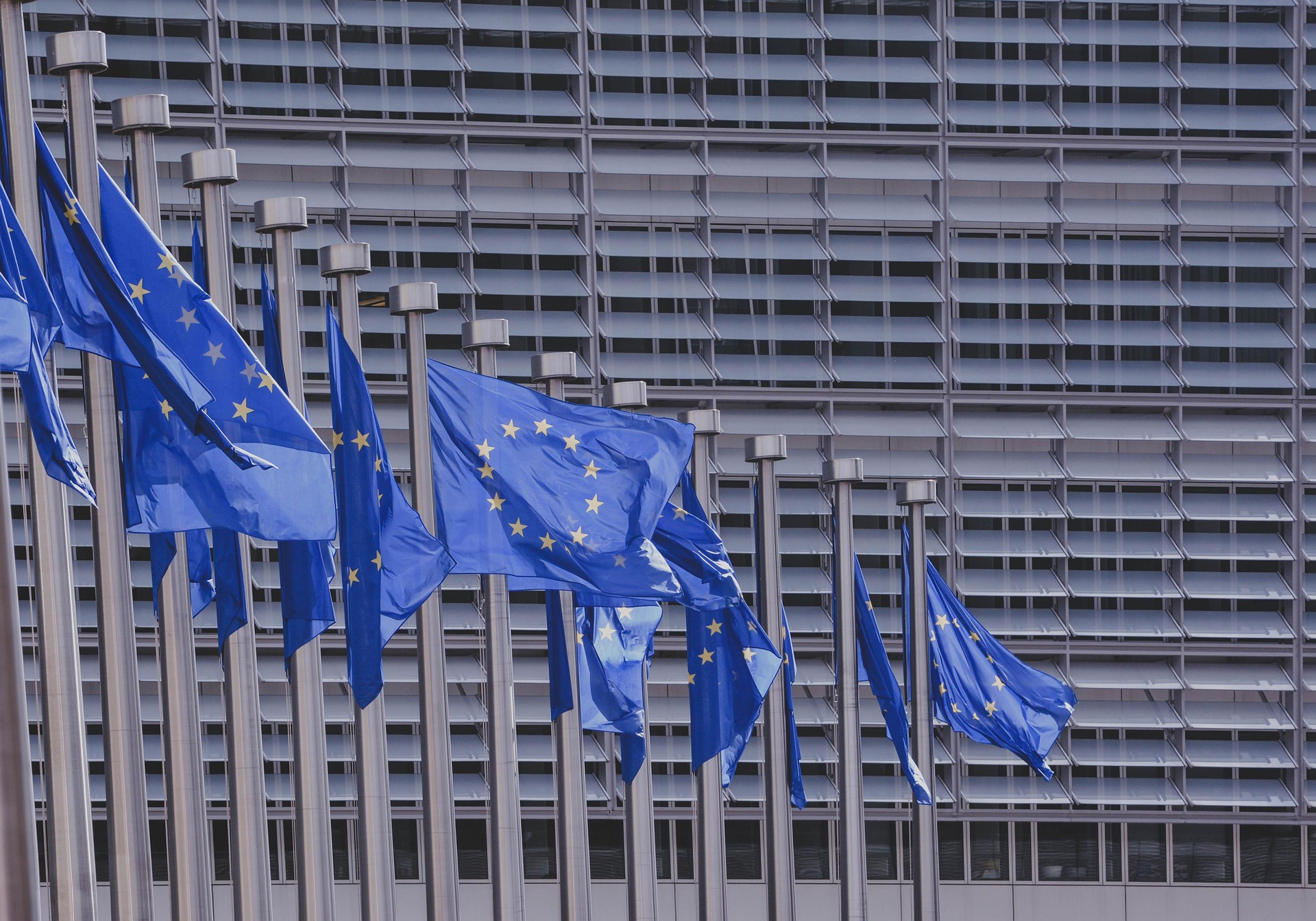The Influence of Technology on Intellectual Property Law: A Modern Outlook
Introduction: Intellectual property law has long stood as a safeguard for creators and innovators, protecting their unique ideas and creations. But in an age of rapid technological advancement, this field of law is being reshaped and redefined. This article delves into how technology is influencing intellectual property law and the implications it holds for society.
A Brief History of Intellectual Property Law
Intellectual property law has its roots firmly planted in the 18th century when the first patent laws were enacted. These laws were designed to encourage innovation by providing inventors with exclusive rights to their inventions for a certain period. Later, copyright and trademark laws were introduced to protect authors and businesses respectively. Over centuries, these laws have evolved to cope with societal and technological changes, but the advent of modern technology poses new, unprecedented challenges.
The Role of Technology in Intellectual Property Law
Advancements in technology, particularly in the digital realm, have necessitated a reevaluation of traditional intellectual property laws. The internet has made it easier than ever to copy, modify, and distribute intellectual property on a massive scale. This has led to a surge in copyright infringement cases and the rise of ‘patent trolls’ who exploit the patent system for financial gain.
Modern Challenges to Intellectual Property Law
One of the most significant challenges to intellectual property law in the digital age is the difficulty in tracking and prosecuting infringement. The global nature of the internet makes it difficult to enforce national copyright and patent laws. Additionally, the rapid pace of technological innovation often outpaces the legal system, creating gray areas in the law that can be exploited.
Recent Legal Developments and Updates
To address these challenges, lawmakers and courts around the world have been adapting and modifying intellectual property laws. For instance, in the U.S., the Digital Millennium Copyright Act was enacted to combat digital copyright infringement. Similarly, the European Union introduced the Directive on Copyright in the Digital Single Market to update its copyright laws for the digital age. These are just a few examples of how legal systems are evolving to keep up with technology.
Implications and Impact on Society
The intersection of technology and intellectual property law has profound implications for society. On one hand, stronger laws and enforcement can protect creators and innovators, promoting creativity and technological advancement. On the other hand, overly strict laws could stifle innovation and limit the free exchange of ideas. Striking the right balance is critical to fostering a thriving digital landscape that encourages both innovation and fairness.
In conclusion, as technology continues to advance at an unprecedented pace, intellectual property laws must adapt to keep up. This area of law is in a state of flux, and its evolution will have significant implications for innovators, businesses, and society as a whole. The challenge lies in creating a legal framework that both protects intellectual property rights and fosters innovation in the digital age.





